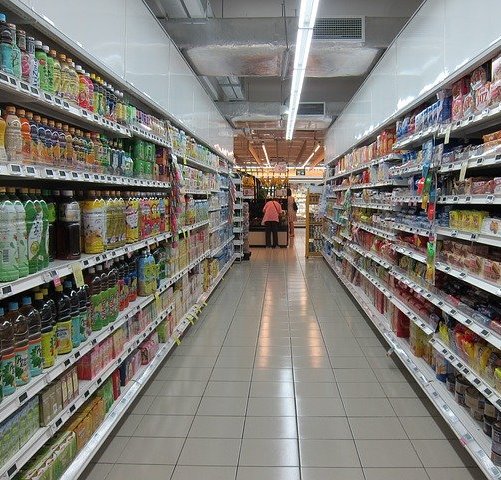Mumbai (Maharashtra) [India], June 8 (ANI): Multiple platforms are disrupting the grocery space with innovative models, raising the prospect of growing e-grocery space to grow at over 59 per cent compound annual growth rate (CAGR) and reach Rs 1.31 lakh crore by 2024, Motilal Oswal Financial Services said on Tuesday.
India has 15.4 crore online transacting households with 13 crore already using e-grocery platforms or willing to try, creating an addressable market of a whopping Rs 21.33 lakh crore.
Of this, 55 per cent of addressable market lies beyond tier two cities, said the report by Motilal Oswal. So e-grocers will increasingly move to smaller towns, a region that has low coverage so far.
Covid-19 led lockdown has helped e-grocers with CY20 monthly exit run-rate almost 2x that of January 2020 gross merchandise value. Big Basket and Grofers witnessed a 4x and 3x surge in daily orders during lockdowns with a steady rise in average order value.
The report said a large (65 per cent) quantum of e-grocery addressable households are price sensitive (low gross margin) value first customers, prioritising discounts over limited variety, longer waiting time or an inconvenient experience.
This is against the higher margin convenience first customers who prioritise a shopping experience and prefer purchasing from a wider product assortment in one place with less waiting time.
The grocery market has been historically dogged down by wafer thin (15 to 20 per cent) gross margins, higher (20 to 25 per cent) logistics cost and complex inventory management, making it difficult to achieve sustainable profits and compete with traditional retail and distribution channel which operates on 15 per cent cumulative margin.
But the path to scale and profitability with multiple levers and a stronger balance sheet is now becoming clearer for e-grocers, said the report.
These players have started targeting bulk purchase to leverage cost, limit assortment (thus aiding inventory control), pushing margin accretive private labels, saving acquisition cost due to customer stickiness, and charging delivery cost below a threshold of average order value, thus creating a favourable equation of higher gross margins and reducing cost.
Besides, said the report, there are e-grocery specialists along with early morning meat and dairy specialists that enjoy higher customer recall, marketplace players leveraging deep customer analytics and offering quick deliveries to a wide network of locations. (ANI)












